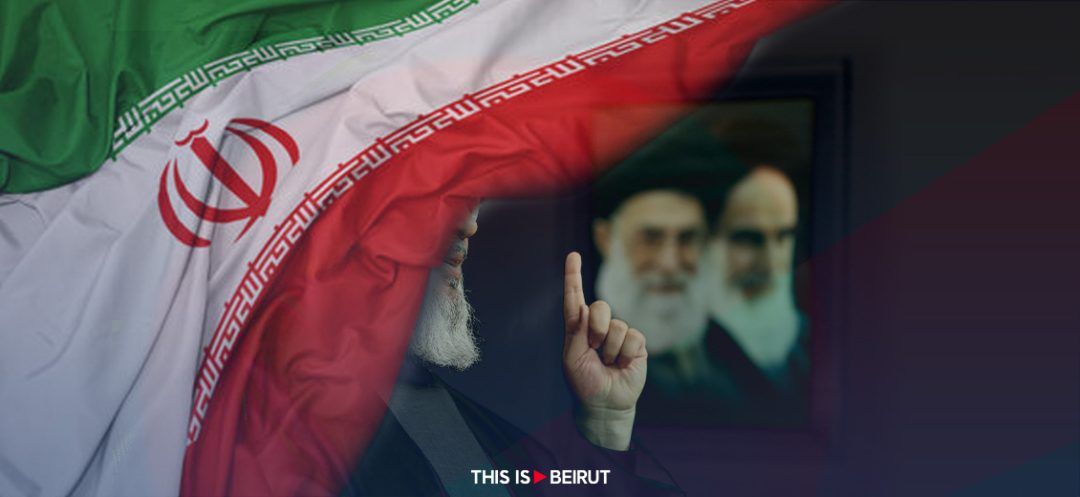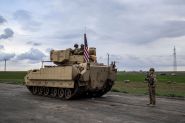- Home
- Middle East
- 'Iranian Theology' Prevails Post-Raisi

Iran is often described as the only country in the world where an elected president answers to a higher-ranking, unelected official—the Supreme Guide, who is not subject to any form of accountability. This is particularly significant since, in "Iranian Theology," the Supreme Guide represents divine authority and is above the mechanisms of standard political processes. Of course, the election of the president by the people adheres to democratic principles. However, in the Iranian context, many questions arise regarding this principle. There is a process to "filter out" and groom candidates for the presidential race, and often, none of the candidates, who –one way or another– do not align with the regime make it to the final stages of the selection process.
One of the peculiarities of this electoral system was the obstruction of the candidature of former president Hashemi Rafsanjani in 2023 by the Guardian Council, the body tasked with approving or rejecting presidential candidacy requests. Rafsanjani held the presidential office for two consecutive terms from 1989 to 1997. He was the first president of the Islamic Republic to succeed the current Supreme Guide, Ali Khamenei, who took over this role following the death of Imam Khomeini in 1989.
Today, the focus lies on the recent deaths of Iranian President Ebrahim Raisi, Foreign Minister Hossein Amir-Abdollahian and other officials, in a helicopter crash. While constitutional procedures mandate that the vice president assumes temporary presidency and oversees presidential elections within fifty days of a vacancy, there are ramping speculations surrounding the circumstances of Raisi's death and its political implications. This adds a level of complexity to the country's political landscape.
Despite the legitimacy of the speculations, they are not cause for intense concern, especially given the fact that the entire system revolves around the leadership of the Supreme Guide, whose authority is reinforced in the absence of the president. As such, his strong moral authority will help the country’s "internal resilience to better absorb and overcome this shock." This was evident in the aftermath of the significant protests triggered by the tragic death of Mahsa Amini. The young woman’s tragic death garnered widespread recriminations due to the uncertainty surrounding her disappearance. But the protests were then crushed ferociously and with an iron fist.
Therefore, the theory that Iran is on the brink of an unprecedented political turning point is not entirely accurate. The Supreme Guide's ability to steer events and maintain equilibrium in a way that ensures the regime's interests and continuity weakens such expectations. This approach will be enforced regardless of other considerations related to freedoms, human rights, or other slogans raised by regime opponents and reformists alike, which have proven to be unsuccessful.
In this context, it's worth going back to the presidency of reformist Mohammad Khatami, who served two consecutive terms from 1997 to 2005. While his election earned positive international support, he was unable to break through the conservative establishment or make significant progress in ending Iran’s international isolation. The internal political dynamics are governed by rigid parameters that do not tolerate any kind of "adventurism" that deviates from fundamental principles, especially in terms of foreign policy, largely influenced by the Supreme Guide. Needless to say that these dynamics extend to the internal political landscape as well.
Following the deaths of the Iranian president and his aides, the country’s new internal political landscape will imminently become clear. The facts surrounding this event are likely to remain ambiguous due to various political and non-political factors. Today, the challenge for Iran, a major regional player, is to take a leap into modernity and break free from isolation and stagnation.
Read more





Comments